
Paddy sowing gathers momentum in Udupi
Mangalore Today News Network
Photos: Ronsbantwal
Udupi, July 6,2016: Sowing of paddy, the chief kharif crop, has gathered unexpected momentum due to good rainfall in Udupi district. The average normal rainfall in the district till July 2 was put at 1,427 mm. This year, the district received 1,419 mm rainfall. The rainfall received during the corresponding period in 2015 was 1,089 mm.
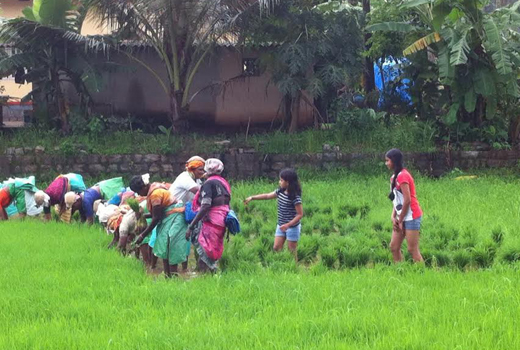
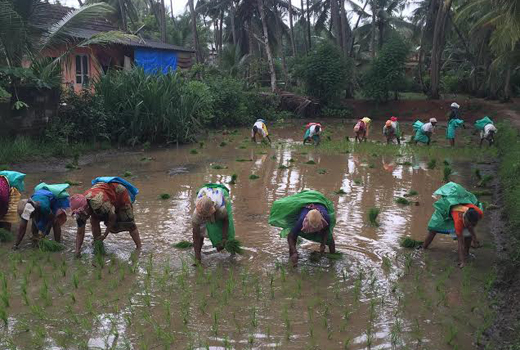
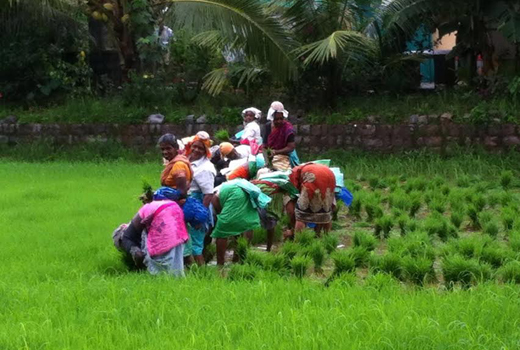
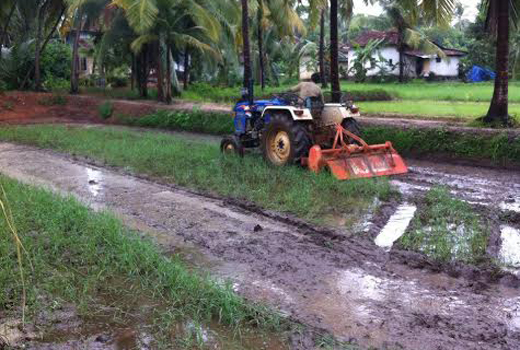
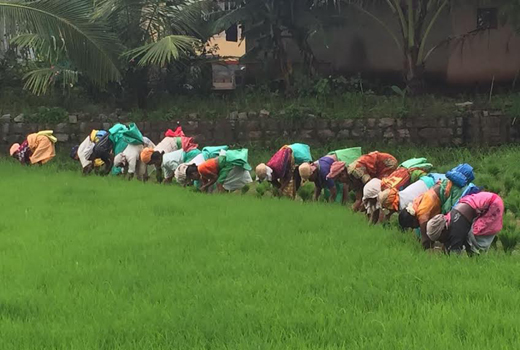
The Department of Agriculture has set a target of 45,000 hectares of land under paddy cultivation this year. So far, paddy sowing has been taken up in 20,085 hectares. Last, year, it was 13,640 hectares during this period.
Of the 2,413 quintals of Mo4 and Jyothi paddy seeds received by the Department of Agriculture, 2,380 quintals have been distributed among 5,508 farmers. While farmers in the general category received a subsidy of Rs. 8 per kg of seeds, those from the Scheduled Castes and Scheduled Tribes received a subsidy of Rs. 12 per kg of seeds. But many farmers have their own paddy seeds.
“About 40 per cent of paddy farmers follow modified line planting in the district, and they require 10 to 12 kg of seeds per acre, while those following the System of Rice Intensification (SRI) method of paddy cultivation require about 2 kg of seeds per acre. Those following the traditional sowing method require about 25-30 kg of seeds per acre,” said Satish B., Technical Officer, Department of Agriculture.
Last year, machine planting of paddy saplings was taken up in 1,700 hectares in the district. This year, the department is aiming at 2,500 hectares under machine planting of paddy saplings. Machine planting by rice transplanter is expected to help farmers as they face a lot of labour problem.
Transplanting paddy saplings in an acre by a rice transplanter takes about two-and-a-half hours. Rice transplanters are available for hire for farmers at 13 Customer Hire Service Centres in the district.
“The advantage of using a rice transplanter is that exact spacing is maintained between the saplings and there is no crop competition. This increases the yield by about 20 per cent compared to the traditional method,” he said.